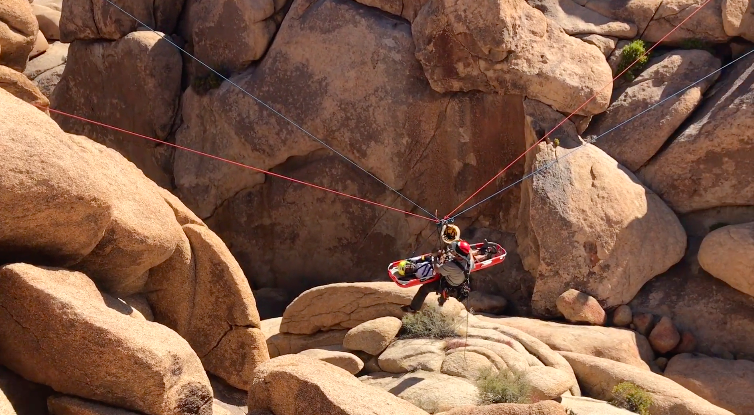The Evolution of Rope in Technical Rescue
Rescue operations have always demanded the best from both the rescuers and their equipment. Among the essential tools, rope plays a crucial role in ensuring the success of technical rescues. While technology continues to transform the landscape of rescue gear, rope has seen some of the most significant advancements. The ropes of yesterday—once hailed as the pinnacle of innovation—now pale in comparison to the advanced options available today.
Ropes once considered cutting-edge have been overtaken by modern designs that incorporate strength, low stretch, and high abrasion resistance. New materials and better manufacturing techniques have created ropes that are lighter, more durable, and capable of withstanding the most demanding environments. And yet, despite these innovations, when someone asks, “Which technical rescue rope is the best?” I can confidently respond by saying, “They’re all equally well-designed and reliable.”
The Common Denominators of Modern Rescue Ropes
Today’s ropes, like the CMC ProSeries and G11 Lifeline, are designed to meet stringent NFPA standards and built for performance and reliability. These ropes feature:
- Strength and Durability: Made with kernmantle construction, modern rescue ropes offer superior tensile strength and flexibility. The nylon or polyester sheath provides abrasion resistance while the core gives the rope its structural integrity.
- Low Stretch: Many technical rescue operations, especially high-angle rescues, require ropes that minimize elongation under load. Static or low-stretch ropes like those from CMC reduce bounce, allowing for precise control in critical situations.
- Water and Abrasion Resistance: The conditions rescue teams face are unpredictable. Modern ropes are designed with materials that repel water and withstand the wear and tear of rugged environments, ensuring longevity and performance.
- Variety of Options: Today’s market offers a range of diameters and lengths, giving you the flexibility to choose a rope tailored to your specific operation, whether you’re working in confined spaces or performing a high-altitude rescue.
A Constant Evolution
Why is it that I say “you can’t go wrong with any of them?” Because in the world of rescue, tomorrow’s innovations will leave today’s best in the dust. The ropes we consider top-tier now will soon be overshadowed by the next wave of advancements. Whether it’s the next improvement in UV resistance, weight reduction, or environmental adaptability, each iteration makes current ropes stronger and more reliable.
For rescue professionals, this constant evolution means two things: First, every rope you use has been meticulously crafted and tested to the highest standards, ensuring it performs when it matters most. Second, you can look forward to even better technology in the future. The constant innovation ensures that no rope stays “the best” for long—because it only keeps getting better.
The Future of Rescue Rope
Brands like CMC continue to innovate, pushing the boundaries of what’s possible in rope technology. The future may see ropes with improved heat resistance, advanced material blends, or even ropes specifically engineered for unique rescue scenarios. As new materials and designs emerge, the bar will continue to rise, making what we consider “the best” today tomorrow’s “lesser.”
So, when you choose a technical rescue rope, know this: you can’t go wrong. The ropes on the market today—like the ProSeries or G11 Lifeline—are “well played out and versed,” engineered for optimal performance in the toughest environments. But stay tuned. Because tomorrow’s ropes? They’ll make today’s look like a relic of the past.
CMC Rope Options
- CMC G11
- CMC Static Pro
- Teufelberger KM III
- CMC Lifeline
Peace on your Days
Lance










